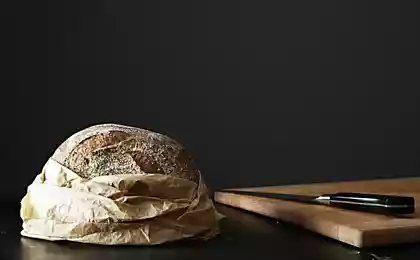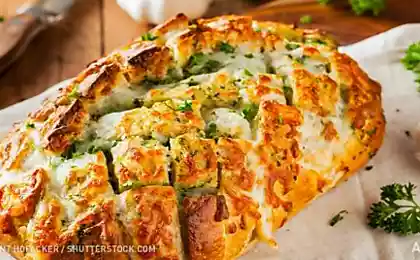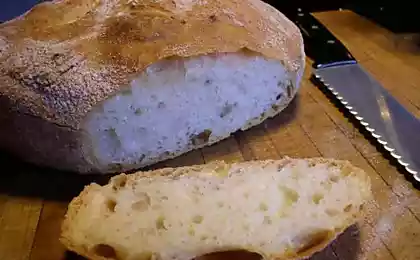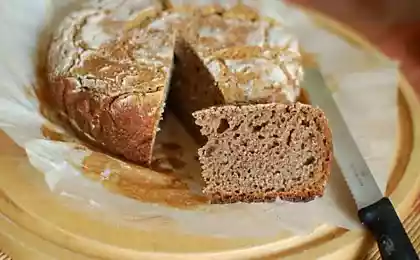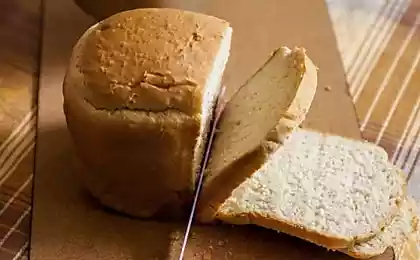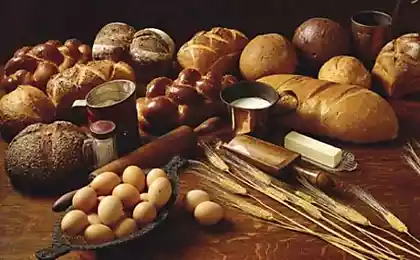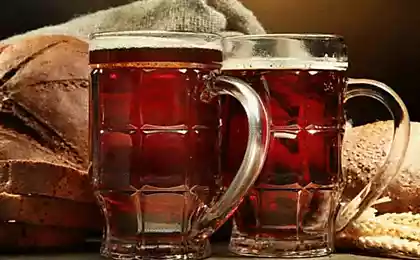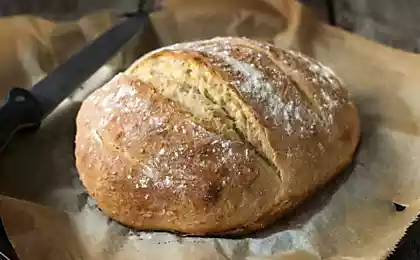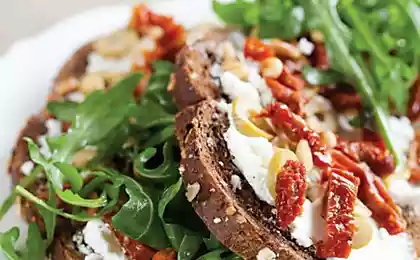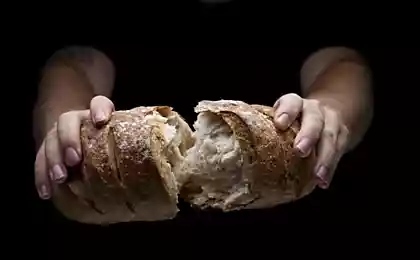165
Why You Should Not Give Up Bread
Bread is the head. So they used to say, but with the advent of healthy bread they began to fear.
Some people think the bread was not very good. But now that the processing of grain has reached a new level, you can think about its inclusion in the diet.

DepositPhotos
What are the benefits of wheat and rye? The composition of the grains contains easily digestible vegetable proteins, slow carbohydrates, starch, fiber, carotenoids and antioxidants, vitamins B1, B3, B6, B9, B5. Such trace elements as phosphorus, iron, magnesium, potassium, zinc are also in the grain. Their use in reasonable amounts slows the absorption of fat, helps control metabolic processes and blood sugar levels.

DepositPhotos
Now diet breads or whole grain bread is a great basis for a snack. Crunchy warm bread is well combined with tender cool avocado flesh or chilled cream. With cold - hard cheese, eggs, herbs with cottage cheese and even fresh berries.
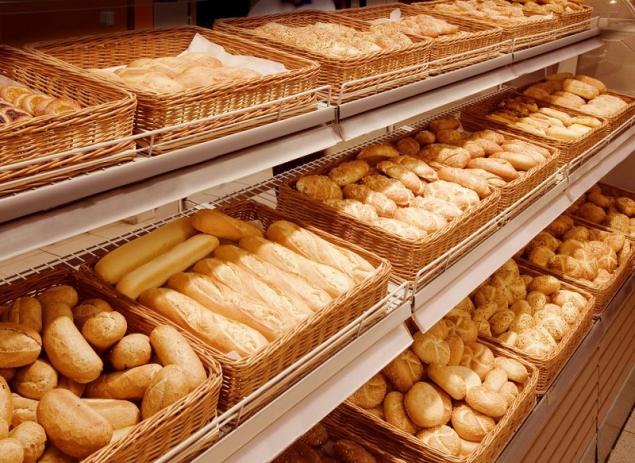
DepositPhotos
The main thing is that the supplement is useful, does not contain empty calories. If bread with mayonnaise is smeared or dipped in sugar, then you will not get anything good from such a snack.
The flour from which bread is made should be whole grain so that the maximum amount of vitamins and trace elements is preserved in it. Whole grain bread improves intestinal peristalsis, as it is rich in coarse fibers.

Rye flour has a smaller glycemic index than wheat flour. This should also be taken into account when choosing bread. Good rye bread. It'll be better than wheat.
It is desirable that the bread is baked not on yeast, but on leaven. This is a more natural product and is better perceived by the body.

DepositPhotos
Of course, bread should be without baking powder and other preservatives. This will cost more, store less, but will bring more benefit. Read the composition carefully. Usually without additives is whole grain, "live" and biobread.
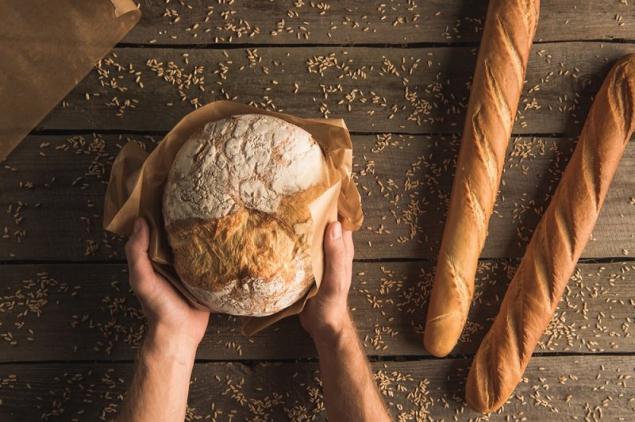
DepositPhotos
A big plus will be the presence of natural additives in bread: natural honey, seeds, cumin, nuts, raisins, poppy, prunes, dried tomatoes, pumpkin, dill and other useful spices.
It can also be vegetables, fruits, beans, buckwheat flour, bran, oatmeal, sesame, linen. These ingredients will improve the taste and increase nutrition.

DepositPhotos
The main thing in the relationship with bread is moderation and timeliness. According to the rules of healthy eating, the most high-calorie food should occur in the first half of the day. Therefore, breakfast, lunch or lunch for bread is the best time.

DepositPhotos
Now the norm. Three or four pieces a day will be enough to get the most benefit and not abuse. Or eat 100 grams of bread. If you have good tolerability of cereals, safely turn on good-quality in your diet.
Some people think the bread was not very good. But now that the processing of grain has reached a new level, you can think about its inclusion in the diet.

DepositPhotos
What are the benefits of wheat and rye? The composition of the grains contains easily digestible vegetable proteins, slow carbohydrates, starch, fiber, carotenoids and antioxidants, vitamins B1, B3, B6, B9, B5. Such trace elements as phosphorus, iron, magnesium, potassium, zinc are also in the grain. Their use in reasonable amounts slows the absorption of fat, helps control metabolic processes and blood sugar levels.

DepositPhotos
Now diet breads or whole grain bread is a great basis for a snack. Crunchy warm bread is well combined with tender cool avocado flesh or chilled cream. With cold - hard cheese, eggs, herbs with cottage cheese and even fresh berries.

DepositPhotos
The main thing is that the supplement is useful, does not contain empty calories. If bread with mayonnaise is smeared or dipped in sugar, then you will not get anything good from such a snack.
The flour from which bread is made should be whole grain so that the maximum amount of vitamins and trace elements is preserved in it. Whole grain bread improves intestinal peristalsis, as it is rich in coarse fibers.

Rye flour has a smaller glycemic index than wheat flour. This should also be taken into account when choosing bread. Good rye bread. It'll be better than wheat.
It is desirable that the bread is baked not on yeast, but on leaven. This is a more natural product and is better perceived by the body.

DepositPhotos
Of course, bread should be without baking powder and other preservatives. This will cost more, store less, but will bring more benefit. Read the composition carefully. Usually without additives is whole grain, "live" and biobread.

DepositPhotos
A big plus will be the presence of natural additives in bread: natural honey, seeds, cumin, nuts, raisins, poppy, prunes, dried tomatoes, pumpkin, dill and other useful spices.
It can also be vegetables, fruits, beans, buckwheat flour, bran, oatmeal, sesame, linen. These ingredients will improve the taste and increase nutrition.

DepositPhotos
The main thing in the relationship with bread is moderation and timeliness. According to the rules of healthy eating, the most high-calorie food should occur in the first half of the day. Therefore, breakfast, lunch or lunch for bread is the best time.

DepositPhotos
Now the norm. Three or four pieces a day will be enough to get the most benefit and not abuse. Or eat 100 grams of bread. If you have good tolerability of cereals, safely turn on good-quality in your diet.

